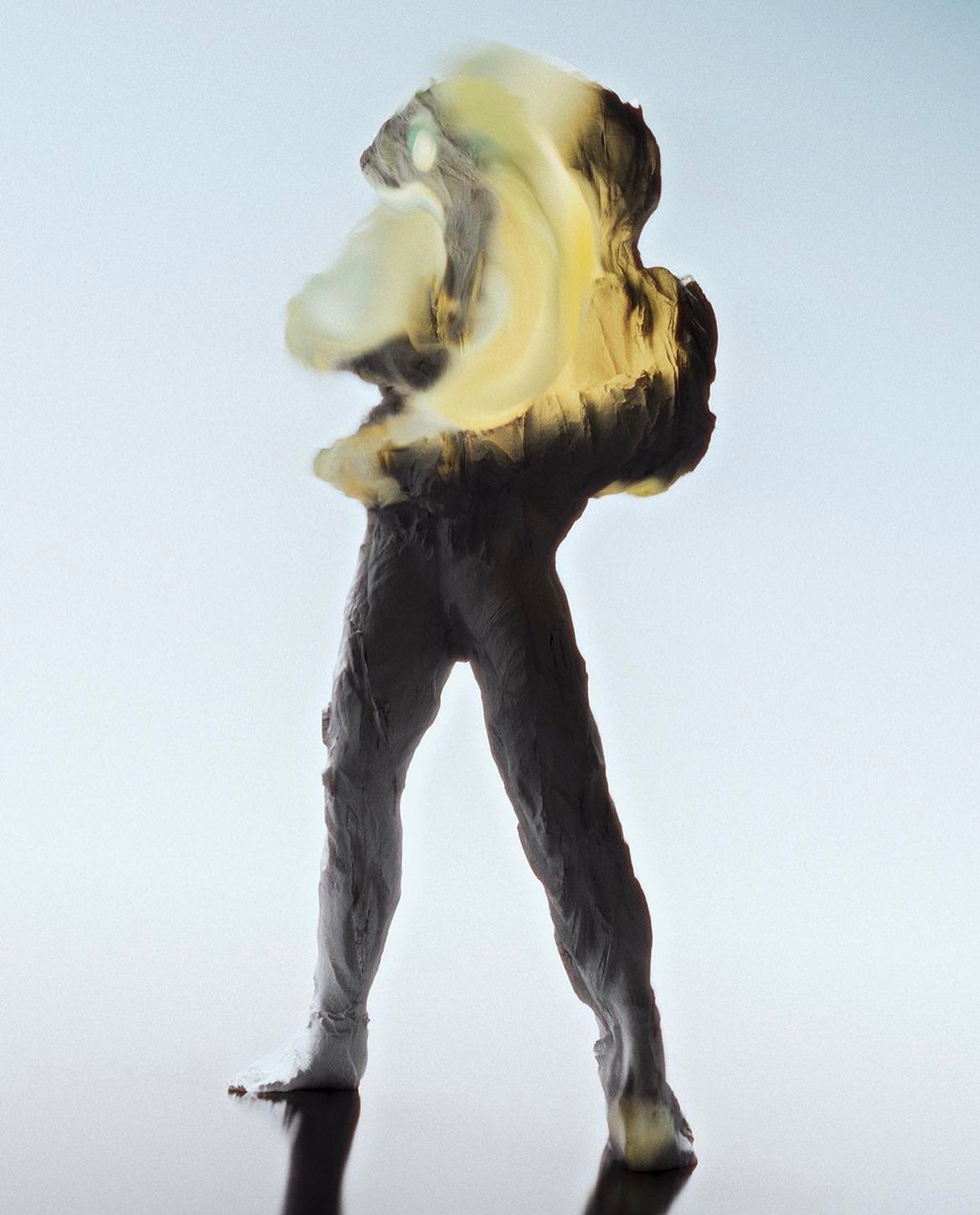What does it mean to act natural? Is there such a thing as a natural act, an act free from the rules and boundaries of society? And if so, could such an act take place in 'unnatural' spaces such as virtual environments? Artists Sebastiaan Smink and Axel Schoterman yearn to explore the possibilities of human expression in their experimental dance film A.N.V.A.
Act Natural || Virtual Act
A.N.V.A. is an abbreviation for Act Natural || Virtual Act. With A.N.V.A., the duo wish to highlight the power of our own human imagination and provoke our perception of what is natural and what isn't. To delve more into these questions, I had the privilege of interviewing Smink, who is an Amsterdam-based media artist specializing in the intersection of art, technology, and interaction. Drawing inspiration from a wide range of cultural sources, he produces unconventional and multidisciplinary works that aim to disrupt and transcend boundaries.
The movie begins with a dancer, appearing to be human, moving in ways that pushes the limits of the human body. As their motion accelerates, the dancer transforms into color and textures, adopting more abstract shapes and forms. The dancer becomes more natural and convincing, but its humanoid features are disappearing. The audience's perception of the dancer is carefully manipulated. Smink addresses the project as a testament to the importance of context in art: "What feels natural is when you're drawn to something, when you forget that there's a screen or a performance or a medium that's in between you and what you're seeing."

The medium is the message
The chosen medium had important implications. For Smink, using the body as a medium carries various meanings, such as removing recognizable characteristics like race, gender, and age. He perceives ance as a means of expression devoid of social or political connotations, something not confined to any particular culture. While certain movements may be specific to a culture, dance as an art form is a shared human experience that transcends these boundaries. To achieve this, performance artist Rex Collins was brought in to create improvisational choreography for the project. Then motion tracking technology was used to track and capture the movements of the dancer. These movements were transformed into a set of data that could be stored and used for the project.
Despite the prominence of digital manipulation, Smink emphasized the importance of retaining the emotional tonality of a musical instrument. "I can ask AI to do a cello performance, but it still needs to have this sort of natural source," Berlin-based cellist, composer, and producer Maarten Vos was invited to compose the soundtrack of the movie, which is a blend of contemporary and traditional classical musical phrases improvised on both cello and synthesizer. Smink cut up and manipulated the audio into new snippets, creating a sonic mosaic: "It's like collaging with audio and with samples," he explained.
"What feels natural is when you're drawn to something, when you forget that there's a screen or a performance or a medium that's in between you and what you're seeing."
Creative production in times of automation
While Sebastiaan concedes that making predictions is difficult, he believes that artificial intelligence will become increasingly integrated into our personal data, influencing our consumption and creation of creative content. He predicts that creatives and designers working on commercial projects who focus solely on craftsmanship may struggle in the new digital landscape. "If you want to compete... you'll have a hard time being a craft seeker in the digital world." Sebastian states.

For better or for worse, AI is transforming the way we create and consume art and creative content. While it offers new possibilities for creativity and expression, it also raises important questions about authorship, authenticity, and the role of the artist. Act Natural || Virtual Act is a promising example of a collaboration with both natural and virtual creativity capacities, predicting a future where we can navigate the intersection of natural and virtual worlds well-balanced. Once more we see that the distinction between natural and virtual is not always clear-cut, and that the boundaries of art are constantly expanding. Ultimately, it is up to us to determine how we use these tools to create something truly meaningful and transformative.

Comments (0)
Share your thoughts and join the technology debate!
No comments yet
Be the first to share your thoughts!